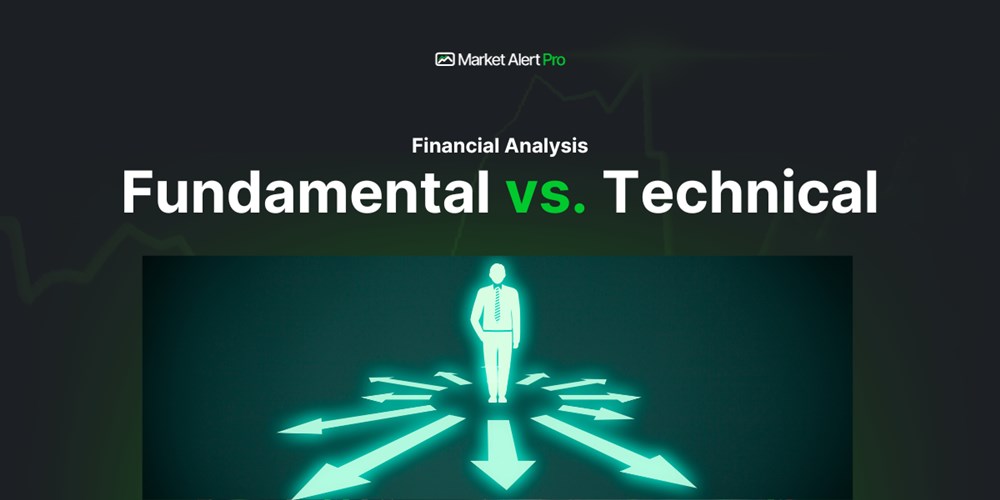The debate between fundamental analysts and technical analysts over which is better has continued for many years. Each side will argue the merits of their choice. The truth of the matter though, is that one is not better than the other, rather they are simply very different approaches to answering the same question. The question being, “which stock is the better investment”.
Technical
Technical analysis is price based and uses charts and chart indicators to arrive at an opinion as to where the price of a stock is likely to be in the future. This determination is based on past price patterns being used as indicators of where to enter and exit trades and where to expect price to be at some later point. The underlying premise of technical analysis is that price discounts everything. In other words, the price is the price because everything that is known about a stock is factored into what price the market is prepared to trade the stock at.

Fundamental
Fundamental analysis uses financial and management reporting to evaluate the merits of owning a stock. It is concerned with evaluating the intrinsic worth of a company through investigation of financial health and structure, understanding the quality of management resources, as well as exploring data about the company and the market it operates within. The key objective is to determine the likely growth rate of a company over time which is believed to translate into price growth and likely or actual income from dividends.
Rather than debating which approach is better, it is more useful to consider both in a complimentary manner. Charts expose price patterns which are the result of trader sentiment. That is, the price movement of a stock may or may not show a correlation to its fundamental value. Equally, an upward or downward price trend on a chart may be supported, or not supported, by the intrinsic value and growth forecasts that are derived from a company’s annual reports. While a mismatch between price and fundamentals may seem to be a problem, it is market inefficiencies that make trade profits possible. In other words, if price was completely predictable a market would be 100% efficient and no one would be able to profit because everyone would know what the price of a stock should be: there would be no room for speculation.
Probably the best scenario for an investor or trader is the situation where technical and fundamental analysis agrees. If a stock is in a good uptrend over the long term and its fundamentals say it is undervalued and the company has a strong growth forecast, the likelihood of the trend continuing is better than if one approach or the other is at odds with the investment. Another scenario where technical analysis and fundamentals can be mutually beneficial is where, for example, the growth history of a company is charted, and the trend of the growth is visualised. For instance, Earnings per Share (EPS) can be charted to see if there is long term upward movement in the EPS. The same applies to P/E and other fundamental indicators. When charted, these fundamentals will show a trend over time and this is far more informative than a snapshot at a point in time. The bottom line though, is that technical analysts traditionally have had little interest in why a price is moving; they just want to know in direction and momentum. On the other hand, fundamentalists believe the long term price appreciation of a stock can be forecast from understanding the financial reports because these reports allow the intrinsic value of a company to be ascertained.
Being an eclectic trader means taking the best of both approaches. An example of this might be to use fundamentals such as the P/E and EPS of a sector or industry to find the best performer. Then, stocks in the sector of industry might be ranked using the same indicators. After this is completed, a trader might use technical analysis to assess price patterns and apply technical trade entry and exit pricing. Value traders might look at a company’s net profit, book value and free cash flow. These metrics say something about the performance of the management and the success of the company/s products or services. Regardless of which fundamental metrics are used, a difficulty is to locate and obtain complete and accurate reports. Also, these reports need to be historical. That is, the trend of free cash flow or net profit over several years puts the current years figure into perspective. However, obtaining historical fundamental data can be problematic. Alternatively, price data is typically readily available.



